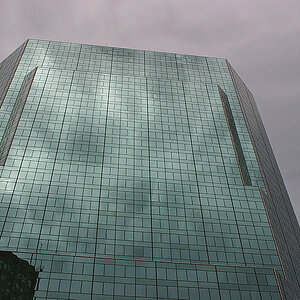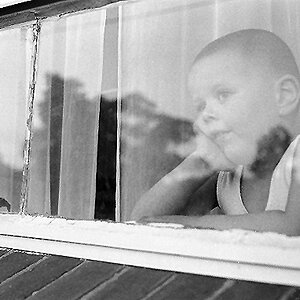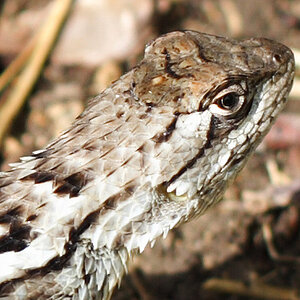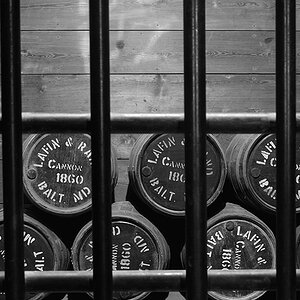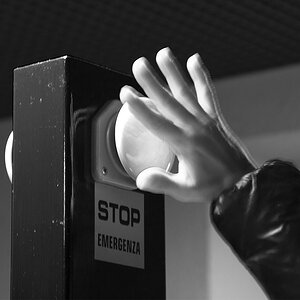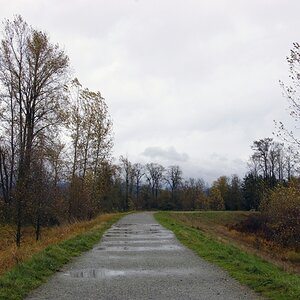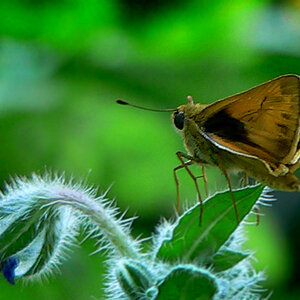PaulWog
No longer a newbie, moving up!
- Joined
- Jun 17, 2013
- Messages
- 1,153
- Reaction score
- 188
- Location
- Canada
- Can others edit my Photos
- Photos NOT OK to edit
I can be shooting in manual mode, aperture priority mode, auto mode, etc, and shots generally come out differently. In liveview, I appear to get a better exposure, and possibly color/white balancing (though it may just be better exposure). I'm not sure if the raw files are pre-edited when liveview is used, or what the case is, but I've tried setting my camera up on a tripod, and I've taken identical shots between liveview and regular mode... and the shots come out different.
Is this common? I'm curious what the reason might be. I know there's a difference in the focusing system when I switch to liveview. In fact, liveview seems superior in most ways, minus the fact that it takes forever between shots, focuses slower (though more accurately on average), and doesn't allow simultaneous viewfinder usage.
I just did a quick test (I'll post photos if necessary): I did some self face shots. The shots were done with the same settings in manual mode. White balance was set to automatic, metering was set to matrix. My face came out slightly more exposed (just a tiny tiny little bit, maybe a third stop more exposed) on the shot through the viewfinder. On the liveview shot of my face, the contrast and colors are much more vibrant and nice with more detail. This is all in the raw file (no jpegs at all). I have a feeling it has something to do with the white balance settings, and maybe more processing and better decision-making on the automatic settings (white balance, maybe the matrix metering as well) go into the liveview mode.
side-note: I'm really disliking that liveview gets nearly 100% accuracy with my 35mm 1.8G on focus, however when using the viewfinder my accuracy rate is severely reduced to the point at which it's not much of a walk-around lens at the moment. I have yet to fully test the lens to see if there's focusing issues, but it seems to be fine when I run test shots in static situations (note that I never blame out-of-focus shots on shutters below 1/200 of a second... I just came home with 1/1000 of a second shots, a series of them, out of focus... so I've got to test the lens more... but the liveview shots turned out well, not that I did many). My 16-85 is generally quite accurate though (quite reliable). /end-of side-note rant
Is this common? I'm curious what the reason might be. I know there's a difference in the focusing system when I switch to liveview. In fact, liveview seems superior in most ways, minus the fact that it takes forever between shots, focuses slower (though more accurately on average), and doesn't allow simultaneous viewfinder usage.
I just did a quick test (I'll post photos if necessary): I did some self face shots. The shots were done with the same settings in manual mode. White balance was set to automatic, metering was set to matrix. My face came out slightly more exposed (just a tiny tiny little bit, maybe a third stop more exposed) on the shot through the viewfinder. On the liveview shot of my face, the contrast and colors are much more vibrant and nice with more detail. This is all in the raw file (no jpegs at all). I have a feeling it has something to do with the white balance settings, and maybe more processing and better decision-making on the automatic settings (white balance, maybe the matrix metering as well) go into the liveview mode.
side-note: I'm really disliking that liveview gets nearly 100% accuracy with my 35mm 1.8G on focus, however when using the viewfinder my accuracy rate is severely reduced to the point at which it's not much of a walk-around lens at the moment. I have yet to fully test the lens to see if there's focusing issues, but it seems to be fine when I run test shots in static situations (note that I never blame out-of-focus shots on shutters below 1/200 of a second... I just came home with 1/1000 of a second shots, a series of them, out of focus... so I've got to test the lens more... but the liveview shots turned out well, not that I did many). My 16-85 is generally quite accurate though (quite reliable). /end-of side-note rant
Last edited:


